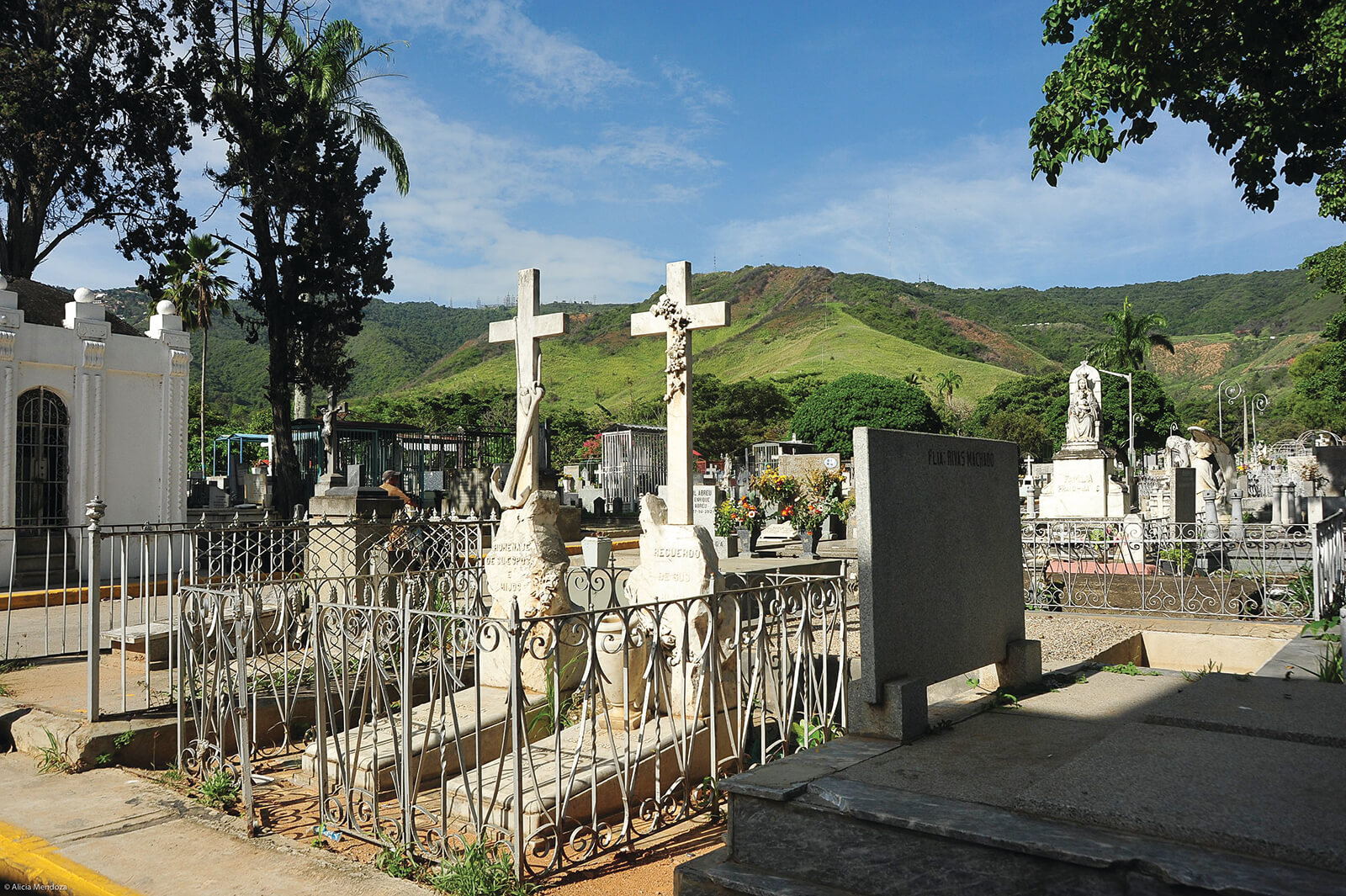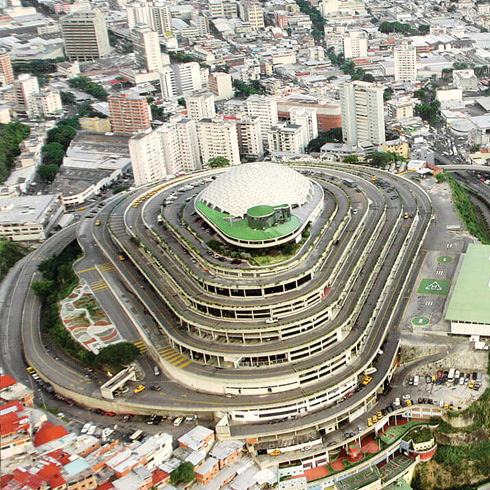YDB
In the late nineteenth century there were about 25 private cemeteries that functioned with poor health standards. At this,
during General Antonio Guzmán Blanco’s second administration, all the cemeteries were closed for health reasons, including the French and German ones, and the General Cemetery of the South was built on lands known as «Tierra del Juego» (former Rincón de El Valle, later named Prado de María), becoming the only authorized cemetery in the city. This important public work was inaugurated together with Puente Hierro Bridge (which would connect Caracas with the then new urban development of El Paraíso, separated from the city by the Guaire river) by General Guzmán Blanco on the 5th of July of
1876. This secular cemetery, over 130 years old and about 240 hectares, nestled in the valley at the end of the former Calle real of El Cementerio, houses the remains of great personages and their families, as well as impressive mausoleums and monuments, making it into a sculpture museum. The urban layout of the cemetery is structured around a short central axis that ends at the chapel building, and later separates into three streets going into the valley, intersecting with successive cross roads, where large rectangular plots facing north-south are built. At the entrance there are two bronze votive figures by sculptor Roversi. Inside, the area is divided by ethnic groups or creeds. The eastward white chapel building for religious and administrative activities marks the beginning of the cemetery. It is complemented by an external corridor bounded by a
high colonnade as tall as the building. The columns, with continuous smooth bases, have fluted shafts and Doric capitals, and over them is a façade with horizontal moldings that separate it from the cornice. The remains of Venezuelan personages like generals Joaquín Crespo and Isaías Medina Angarita, poet Aquiles Nazoa and painter Armando Reverón are here, next to those venerated by popular culture, like Victorino Ponce (carpenter), Ismael Sánchez (protector of hoodlums) or the mausoleum in honor of María Francia (patron of sweethearts and students). About 118 statues and monuments by authors like Andrés Pérez Mujica, Emilio Gariboldi, Lorenzo González, Federico Fabiani, Francisco Narváez and even Pietro Ceccarelli can be found decorating the tombs and mausoleums on the grounds. Highlights include the mausoleum of General Joaquín Crespo and his family, the architectural features of which make it perhaps themost relevant element of the place; Carlos Delgado Chalbaud’s mausoleum, with pure forms and white planes, designed by Malaussena. Some point out that the funerary phenomenon of the cemetery and building of mausoleums, pantheons and tombs, led to the rise of statuary in the late nineteenth and early twentieth centuries. The area was declared a national historic monumento in 1982.

AMU

planta



